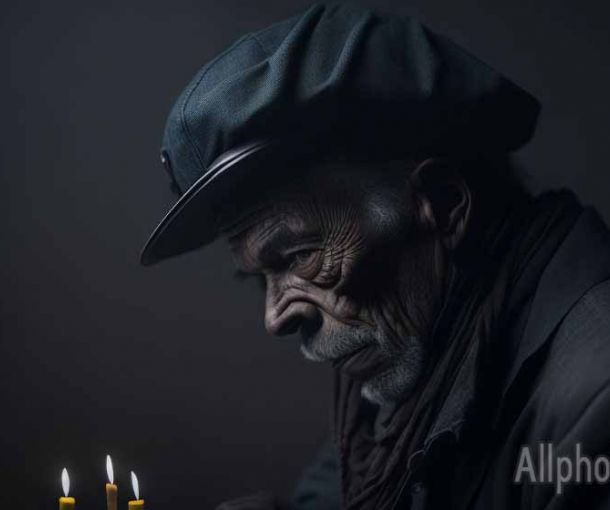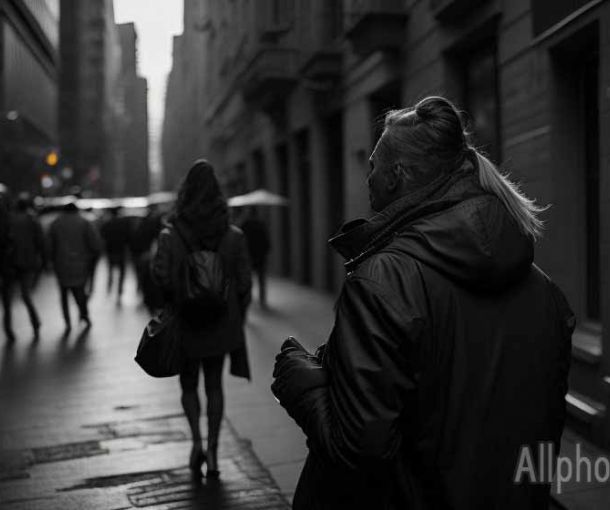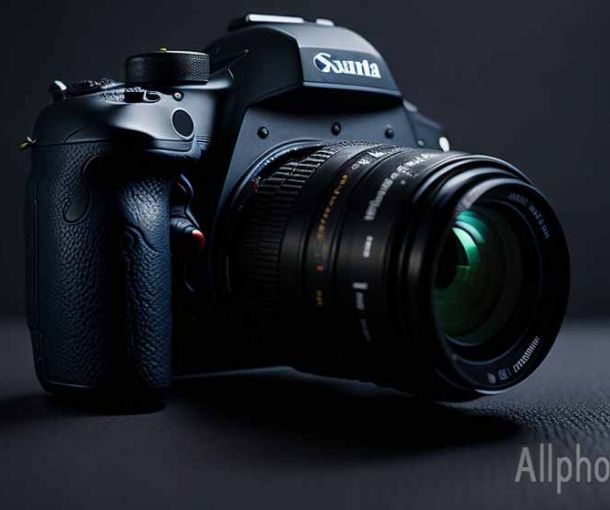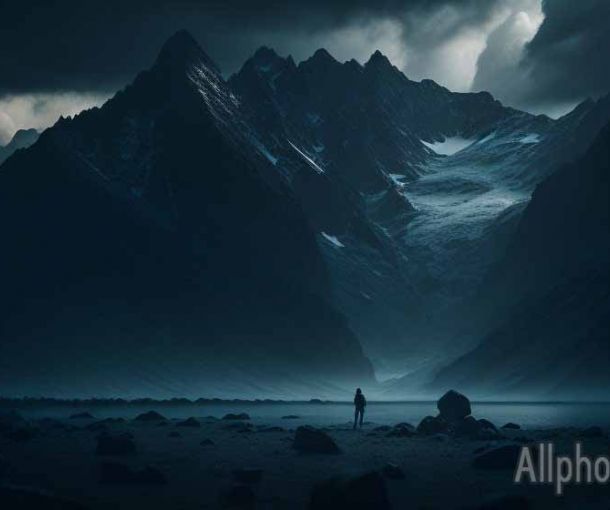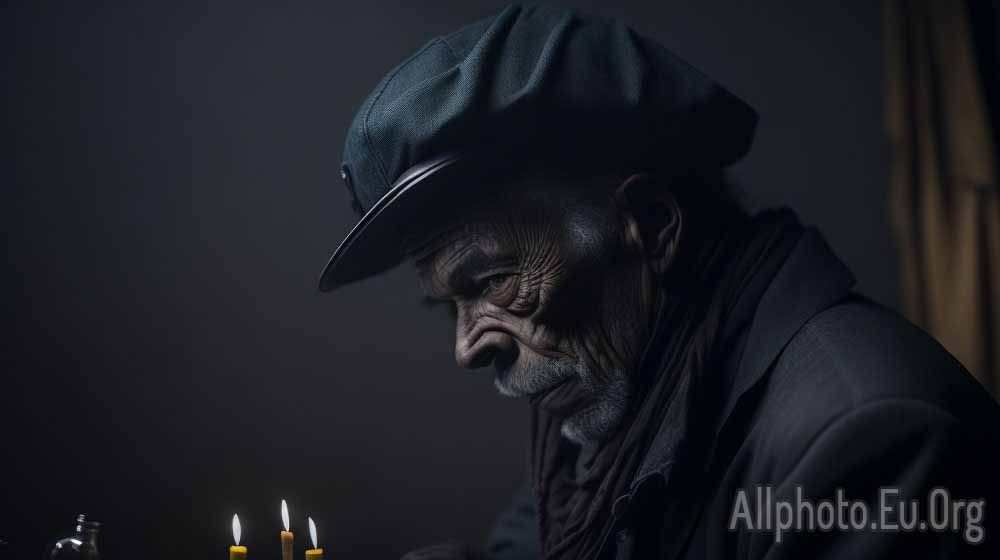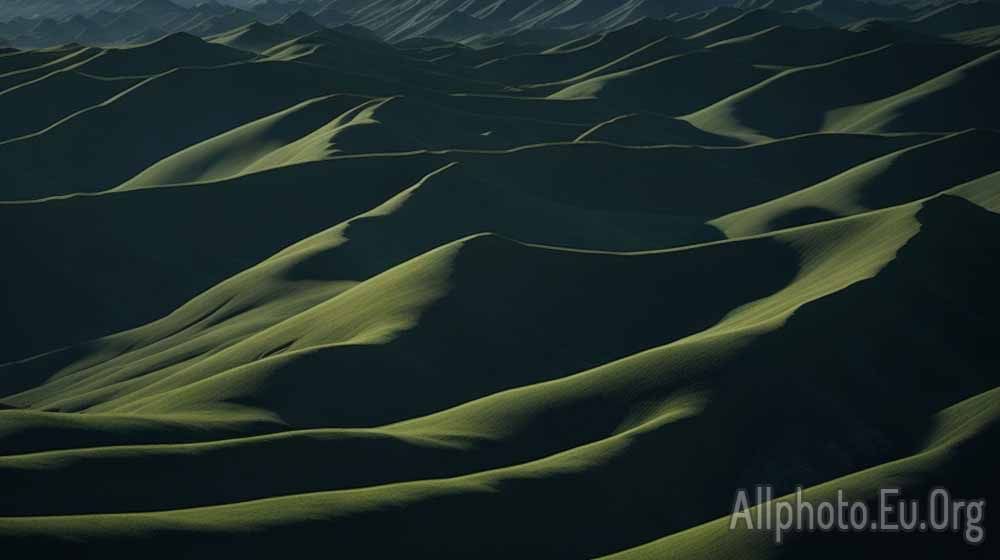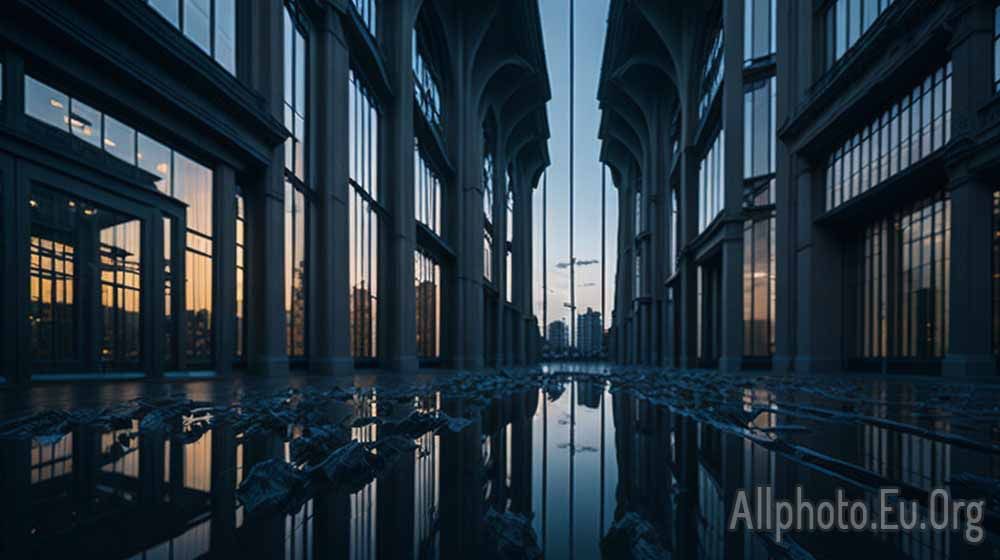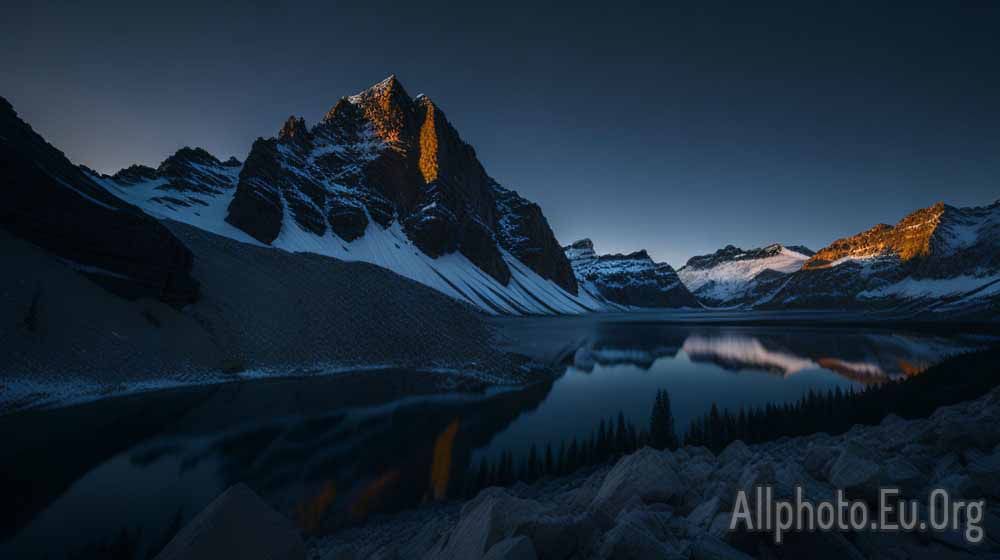The Role of Texture in Photography: Creating Depth and Interest
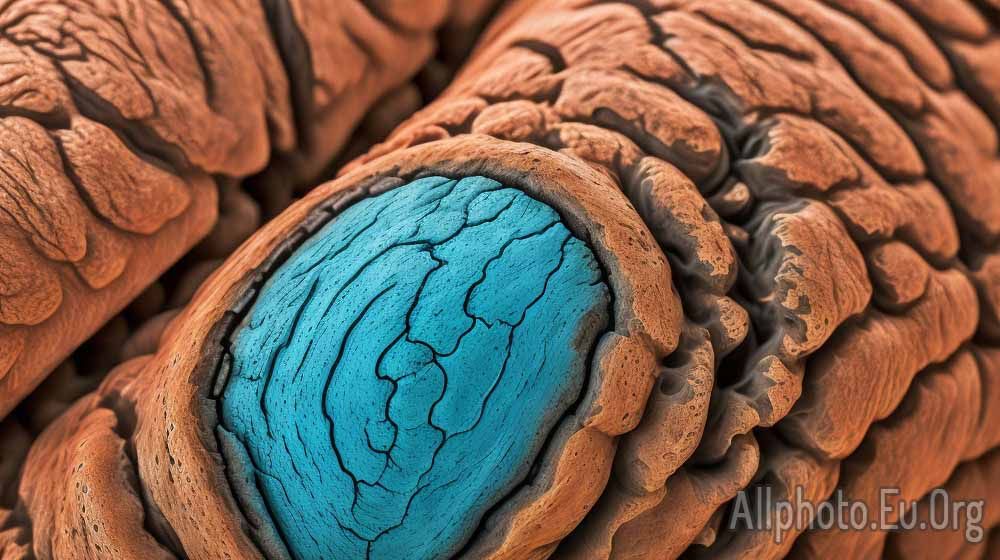
Texture is an essential element of photography that can enhance an image's visual appeal and impact. Whether it is a close-up shot of a tree bark or a portrait of a person's skin, texture adds depth and interest to a photograph, making it more captivating to the viewer. In this article, we will explore the role of texture in photography and how it can be used to create compelling images.
What is Texture in Photography?
Texture refers to the surface quality of an object, which can be captured in a photograph through the use of light and shadows. In photography, texture is used to enhance the visual interest of an image by adding depth, dimension, and contrast. It can be seen in a range of subjects, from landscapes to still life, and is an important aspect of black and white photography.
How Does Texture Enhance a Photograph?
Texture can add depth and dimension to a photograph by creating contrast and highlighting the details of the subject. By capturing the roughness of a tree bark or the smoothness of a piece of fabric, texture can create a tactile quality in a photograph, making it more engaging to the viewer. Additionally, texture can create visual interest and balance in an image by breaking up areas of flat color or smoothness.
Texture can also convey emotions and moods in a photograph. For example, a photograph of a weathered old barn with peeling paint and rusted metal can evoke feelings of nostalgia or melancholy. Similarly, a portrait of an elderly person with wrinkles and lines on their face can convey a sense of wisdom and experience.
How to Capture Texture in Photography?
To capture texture in photography, it is essential to pay attention to the lighting and shadows. Soft, diffused light can minimize the appearance of texture, while harsh, directional light can emphasize it. Side lighting, in particular, can create dramatic shadows and highlights, which can accentuate the texture of the subject.
Another way to capture texture is to use a shallow depth of field, which can create a blurry background and bring the texture of the subject into focus. This technique is particularly effective in close-up shots of flowers, leaves, or other small objects.
Post-processing techniques such as sharpening and clarity adjustments can also enhance the texture in a photograph. However, it is important not to overdo it, as this can create an unnatural or artificial effect.
How to Use Texture in Composition?
Texture can be used to create balance and visual interest in a photograph by breaking up areas of flat color or smoothness. For example, a photograph of a smooth, glossy car can be made more interesting by capturing the texture of the road or the surrounding landscape.
Texture can also be used to create a sense of depth in a photograph. By placing objects of varying textures in the foreground, middle ground, and background, you can create a three-dimensional effect that draws the viewer into the image.
Finally, texture can be used to create contrast and balance in a photograph. For example, a photograph of a white flower against a dark, textured background can create a striking contrast that enhances the visual impact of the image.
Conclusion
Texture is an essential element of photography that can add depth, dimension, and interest to an image. By paying attention to lighting and shadows, using a shallow depth of field, and post-processing techniques, texture can be captured and enhanced in a photograph. Texture can also be used to create balance, depth, and contrast in a photograph, making it more captivating to the viewer. Whether you are a professional photographer or an amateur enthusiast, understanding the role of texture in photography can help you create more compelling images.
When using texture in photography, it is important to consider the context and subject matter. Not all textures are created equal, and what works for one image may not work for another. For example, the texture of a rocky cliff may work well in a landscape shot, but may not be appropriate for a portrait. It is important to experiment with different textures and composition techniques to find what works best for your subject and style.
In addition to capturing and using texture in photography, there are also ways to create texture artificially. Textured backgrounds and props can be used to add interest and depth to a photograph. Textured papers, fabrics, and other materials can also be used to create unique effects and enhance the visual impact of an image.
In conclusion, texture plays a crucial role in photography by adding depth, dimension, and interest to an image. By paying attention to lighting, composition, and post-processing techniques, photographers can capture and enhance texture in their photographs. Texture can also be used to create contrast, balance, and depth in an image, making it more visually appealing to the viewer. Whether capturing texture naturally or creating it artificially, understanding the role of texture in photography can help photographers take their images to the next level.
In addition to capturing and using texture in photography, there are also ways to create texture artificially. Textured backgrounds and props can be used to add interest and depth to a photograph. Textured papers, fabrics, and other materials can also be used to create unique effects and enhance the visual impact of an image.
By understanding the role of texture in photography, photographers can create more compelling and visually engaging images. Whether capturing texture naturally or creating it artificially, texture is a crucial element that can add depth and dimension to any photograph.
Tags
Latest Articles
Most Read
All Tags
Subscribe
Donate
Please consider supporting our efforts.
© 2023 All-Photo.Cf All rights reserved.
